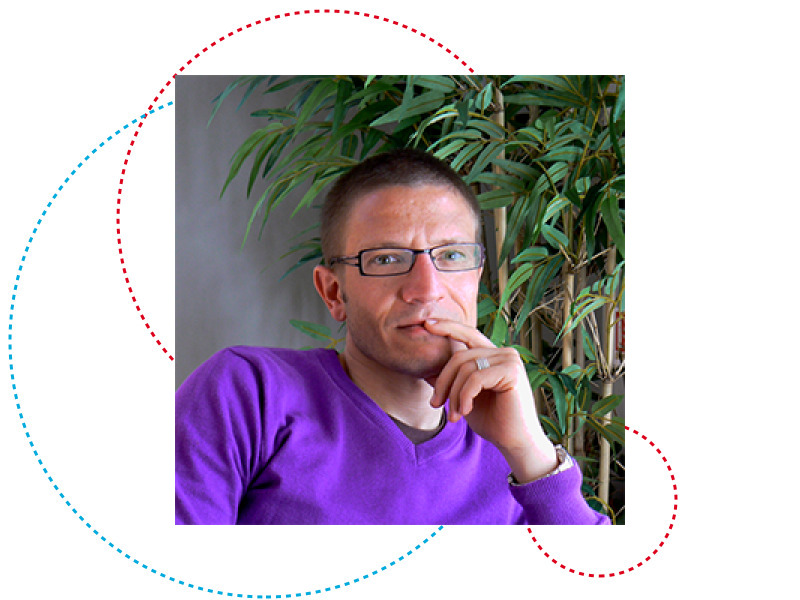Synthetic Aperture Radar (SAR) is nowadays an established technology in the area of Remote Sensing and Earth Observation impacting science, economy, as well as society. SAR data are employed in a wide range of domains, including for example Earth sciences, environmental resources monitoring and management, natural risks management and maritime traffic control. From a commercial point of view, the Earth Observation data market reached $1.7 billion in 2015 (6% growth on 2014), where SAR data represents 16% of this market. Today, several space borne SAR systems are in operation as TerraSAR-X & TanDEM-X (X-Band), RADARSAT-2 (C-Band), Sentinel-1A&B, ALOS-2 (L-band). Also, future missions as BIOMASS (P-band), SAOCOM (L-band), RCM (C-band) and, GF3 (C-Band) are planned, together with SAR contellations based on small satellites. SAR sensors are also operated onboard planes and UAVs, as well as on ground systems.
The availability of SAR data provides an unprecedented opportunity for applying advanced information processing techniques to the important tasks of environmental monitoring and risk management. SAR remote sensing offers an efficient and reliable means of collecting information required to extract quantitative geophysical and biophysical parameters from Earth’s surface. This remote sensing technique has found many successful applications in crop monitoring and damage assessment, in forestry clear cut mapping, deforestation and burn mapping, in land surface structure (geology) land cover (biomass) and land use, in hydrology (soil moisture, flood delineation), in sea ice monitoring, in oceans and coastal monitoring (oil spill detection) etc. The scope of different applications is increasing nowadays thanks to the availability of interferometric, polarimetric and mulitemporal acquisitions.
The aim of this talk is to provide a balanced introduction to the basic theory, scattering concepts, systems and advanced concepts, and applications typical to SAR remote sensing, focusing on the benefits for society, governmental agencies and private companies.
Carlos López-Martínez received his MSc. degree in electrical engineering and PhD degree from the Universitat Politècnica de Catalunya, Barcelona, Spain, in 1999 and 2003, respectively.
From October 2000 to March 2002, he was with the Frequency and Radar Systems Department, HR, German Aerospace Center, DLR, Oberpfaffenhofen, Germany. From June 2003 to December 2005, he was with the Image and Remote Sensing Group – SAPHIR Team, in the Institute of Electronics and Telecommunications of Rennes (I.E.T.R. – CNRS UMR 6164), Rennes, France. In January 2006, he joined the Universitat Politècnica de Catalunya as a Ramón-y-Cajal researcher, Barcelona, Spain, where he was associate professor in the area of remote sensing and microwave technology until April 2017. Since May 2017 he has been responsible for the Remote Sensing and Eco-Hydrological Modelling group in the Luxembourg Institute of Science and Technology in Luxembourg. His research interests include SAR and multidimensional SAR, radar polarimetry, physical parameter inversion, digital signal processing, estimation theory and harmonic analysis.
He is associate editor of the IEEE Journal of Selected Topics in Applied Earth Observations and Remote Sensing and he served as guest editor of the EURASIP Journal on Advances in Signal Processing and the MDPI Remote Sensing. He has organized different invited sessions in international conferences on radar and SAR polarimetry. He has presented advanced courses and seminars on radar polarimetry to a wide range of organizations and events. Dr. López-Martínez has authored or co-authored more than 100 articles in journals, books, and conference proceedings in the Radar Remote Sensing and image analysis literature. He received the Student Prize Paper Award at the EUSAR 2002 Conference and co-authored the paper receiving the First Place Student Paper Award at the EUSAR 2012 Conference. He has also received the IEEE-GRSS 2013 GOLD Early Career Award.
